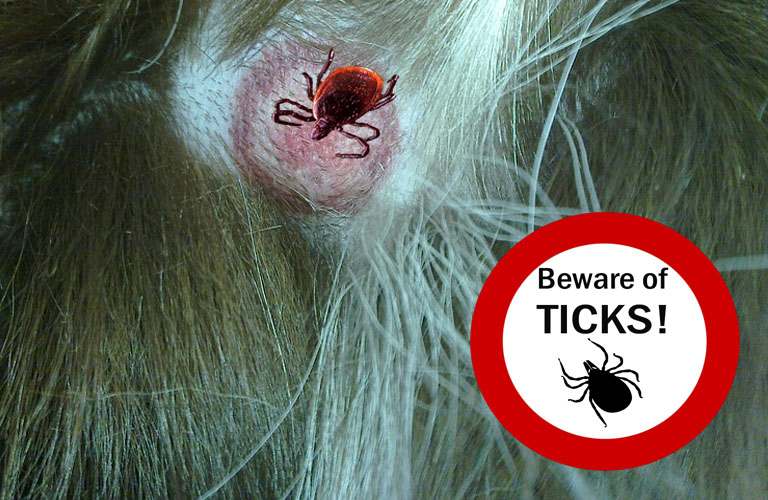Caused by the bacterium Borrelia burgdorferi, Lyme disease is spread through the bite of the deer tick (Ixodes scapularis). Symptoms can include skin rash, joint pain, fatigue, and more serious neurologic disorders if the disease is left untreated. Until recently, cooler climate patterns in Canada did not favor the infiltration of I. scapularis and consequent spread of Lyme disease, but a warmer climate in southern Quebec may be easing the way for "adventitious" ticks—nonnative ticks introduced most likely by migratory birds—to become established. Read more...
Evidence is mounting that, on its northern front, the expanding range of Lyme disease is driven by climate change; warming temperatures allow new populations of the tick vector, Ixodes scapularis, to establish themselves in regions that were once too cold.
Although the current study focuses only on ticks themselves, not Lyme disease, B. burgdorferi typically appears in Canadian tick populations within 3–5 years of their establishment, according to Ogden. “The predicted effect of climate change on tick vectors, and therefore on disease, is quite profound,” he says. The number of reported cases of Lyme disease in Canada is already on the rise. Find out more...
A cause for concern to the Canadian population and public health sector is the emergence and establishment or re-establishment of climate-sensitive infectious diseases, particularly Lyme disease.
Since the first reported human cases of Lyme disease in the early 1990s, Canada has experienced an increase in both the number of endemic regions for the disease and the number of annual diagnosed human cases.

Not only are these trends placing increased health stress on the Canadian population, but they are also likely resulting in added economic consequences for patients, communities, the healthcare system, and governments... Read more...
Lyme disease is caused by the bacterium Borrelia burgdorferiand is transmitted by ixodid ticks.
Evidence is mounting that, on its northern front, the expanding range of Lyme disease is driven by climate change; warming temperatures allow new populations of the tick vector, Ixodes scapularis, to establish themselves in regions that were once too cold.









